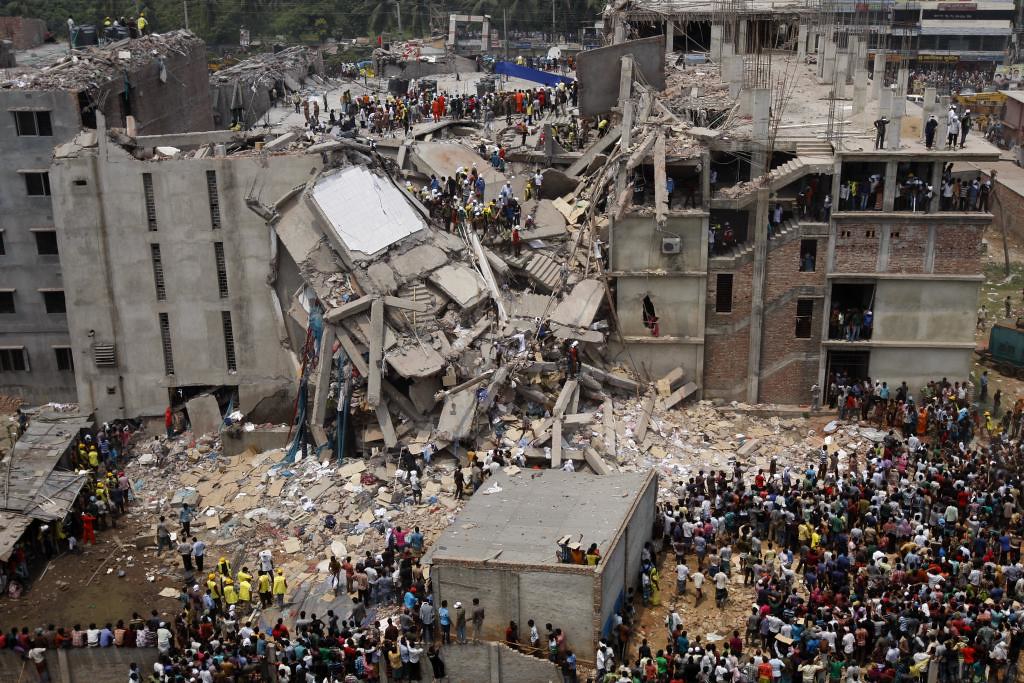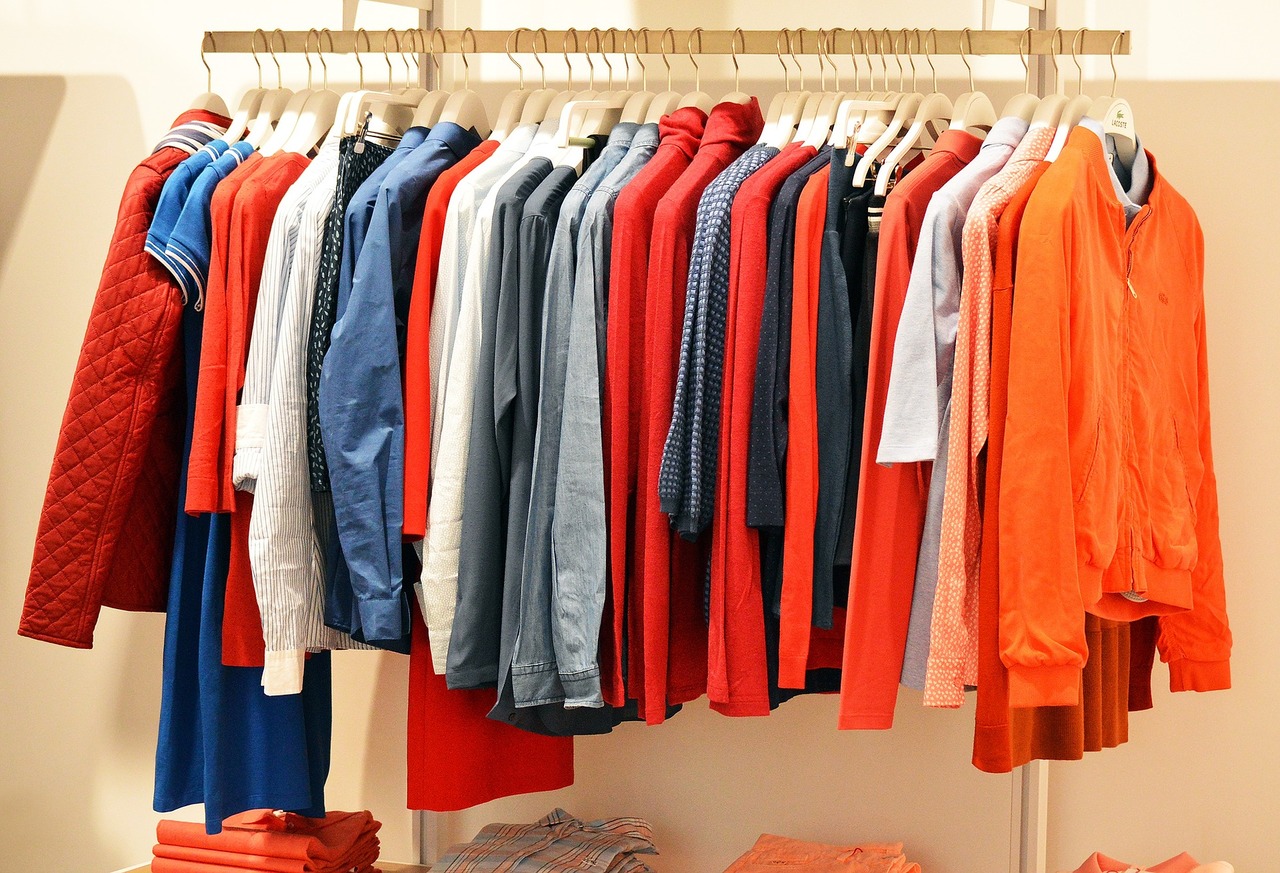If you are not yet ready for digital clothing, these materially nonexistent pieces intended to offer you a look only on social networks, you are surely ready to wear eco-responsible clothing. Driven by an increasing awareness, eco-responsible fashion is experiencing a meteoric rise which promises us ethical and very attractive collections that could well restore the coat of arms of the fashion world.

The meanders of the conventional fashion industry
Eighty million items of clothing are produced worldwide each year. Conventional fashion then ranks second among the most polluting industries in the world after that of petroleum. Greedy and globalized, it follows the fast-paced pace dictated by fast fashion which, while destroying the environment, generates burn-out among designers and literally kills the little hands of textiles. The proof came to us, among other things, before us on April 24, 2013 in Bangladesh, when the Rana Plaza collapsed, where more than 1,130 workers working for international brands perished. This tragic event exposed the hidden face of a dehumanized industry. Six years after this preventable catastrophe, awareness and progressive movements have pushed responsible fashion towards the advent it is currently experiencing. Conventional fashion is put to the test thanks to collectives and creators who mobilize in different ways so that ethics and responsibility are the watchwords of the future of fashion.
Upcycling or the idea of using leftovers rather than exhausting the planet
A big trend in the fashion world today, upcycling is both creative and eco-friendly. The idea is to imagine new clothes from second-hand pieces intended for the trash and / or scraps of unused fabrics, to unravel them and then re-sew them in order to make them new, almost new pieces. The term upcycling also known as overcycling in French takes on its full meaning since recycling is done from the top, with clothing having much more value at the end of this process than before. It is a sustainable and responsible alternative to fast fashion, that is to say to the big fashion brands that multiply collections at very cheap prices without any ethics.
Luxury has also taken possession of the militant and green movement that is upcycling. We can notably cite Marine Serre who recovers scraps of luxury clothing to make new ones. Behind this trend is obviously the fight for the protection of the planet since the textile industry is the second most polluting industry in the world as well as the most water-intensive industry after agriculture.
Upcycling is ultimately a closed loop reproducing the natural process of life, which is to recycle a product to recreate almost the same. When a plant emerges from the earth, dies, returns to the earth, and then another plant is born from the same soil, there is no waste.
Vegan fashion or without any product from animal exploitation
Whether you’re vegan on the plate or not, vegan fashion has it all. Mainly made from vegetable matter, the vegan fashion pieces are based on the concept of no matter from animal exploitation. Without leather, without wool, without silk, vegan fashion products are made with vegetable polymers, but based on inner tubes of bikes, cork or even pineapple fiber leather (piñatex). Brands and even major fashion industries are now turning towards this trend, be it for the profits it can generate or for its benefits on our planet. In the world of luxury, vegan fashion is also starting to show up, especially with fake fur which does not replace mink for economic reasons, but for ethical questions. As for sustainable and ecological leather, in addition to pineapple, banana and even mushroom fibers, some go further with the great vegetable trend of reason leather designed from residues from viticulture. It is notably the Italian brand Vegea which has just patented a process to transform into leather of the highest quality the few tens of billions of tonnes of waste from Italian vines annually. The production of classic leather requires animal suffering, but it is also very polluting for the environment and toxic for workers.
Eco-responsible clothing: a paradigm shift from producer to consumer
To dress eco-friendly, certain basic criteria are among the first things to analyze, and it starts with the composition of our clothes. Materials like polyester, polyamide, viscose, acrylic, acetate and elastane, all made with toxic chemicals, are avoided. We favor materials from plant sources which are therefore biodegradable such as:
- Lyocell or tencel which is an artificial synthetic fiber produced with cellulose, from the pulp of eucalyptus. Its transformation requires little water and no chemical inputs;
- Hemp, a fast growing plant (11 weeks) which requires little water and does not need any pesticides;
- Organic cotton, which represents 15% of the world’s annual cotton production and its exploitation requires significantly less water than conventional cotton;
- Linen, which is the oldest textile in the world, is an ecological, light, comfortable and thermal insulating material;
- Wool, provided that it comes from good breeding conditions (difficult to verify).
Eco-responsible clothing are biodegradable components, but also limited production cycles to minimize the production of waste and a processing location as close as possible to points of sale. Manufacturers also need to be able to monitor and demonstrate compliance with ethical production standards throughout the manufacturing and delivery process. To ensure an ethical transformation, the label of the
World Fair Trade Organization is particularly a good benchmark when it comes to major brands and brands.
On the consumer side, it is at the time of the purchasing decision that it is a question of contributing to this ethical revolution by modifying these modes of consumption. These include thinking of the garment as a long-term investment, that is to say the cost price of a garment compared to the number of times it will be worn. If they are more expensive at the outset, eco-responsible clothing is designed with solid and resistant raw materials, as well as with a know-how and finally above all a manufacturing time which guarantees you a high quality of the textile in the long term.
While dressing eco-friendly might seem tedious a few years ago, the fashion industry has undergone a transformation as a result of public awareness. The claws that have made eco-responsibility a mark of their identity are therefore more and more numerous. It is by supporting initiatives that go in this direction that we perpetuate this movement and that we remedy the lack of choice that we could encounter a few years ago.
